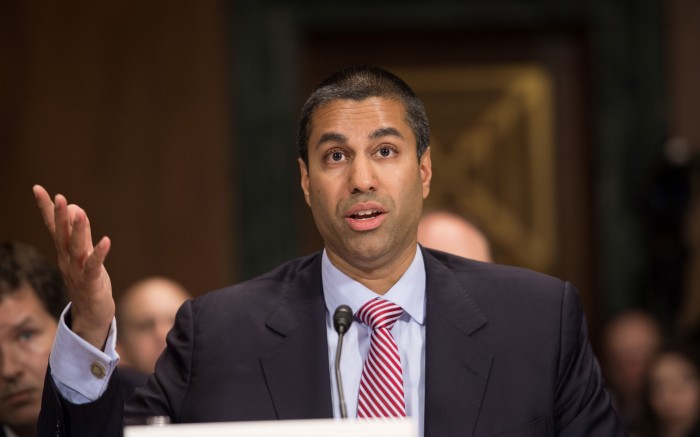What Happens If Net Neutrality Goes Away?

The “days are numbered” for the net neutrality rules enacted by the U.S. Federal Communications Commission under Barack Obama, at least if you take President Trump’s newly appointed FCC chairman Ajit Pai’s word for it. So what happens after they are gone?
Pai, an FCC commissioner since 2012, was a harsh critic of the agency’s “Open Internet Order,” which it passed in 2015 via a 3-2 party line vote. It bans Internet service providers from blocking or throttling legal content. It also prohibits them from engaging in business arrangements in which companies pay ISPs a premium to have their traffic prioritized, and gives the FCC the authority to police other practices it deems unfair or harmful to consumers on a case-by-case basis.
It’s not that Pai disagrees with the general concept of “net neutrality,” which is broadly a bipartisan issue. What Pai and other opponents of the Open Internet Order say they are most upset about is that it changed how the FCC classifies broadband from an “information service” to a “telecommunications service.” That gave it the authority to impose strict, utility-style regulations on ISPs.
Though President Trump has said very little about his views on net neutrality, his nomination of Pai suggests he is on board with eliminating the regulations. In the meantime, his FCC could simply choose not to enforce the rules.
To get a sense of how things will be different, look no further than AT&T’s new product called DirecTV Now, which lets users stream content from DirecTV (which AT&T owns) over the wireless network without it counting against their monthly data cap. The general practice of letting wireless users stream video for free is known in the industry as “zero rating.” Under the Open Internet Order, the FCC has the authority to police zero-rated services on a case-by-case basis, and late last year the agency expressed “serious concerns” that AT&T was unfairly favoring its own content. Pai’s FCC, on the other hand, will likely encourage such products.
We are also likely to see the emergence of so-called paid prioritization arrangements, in which companies pay to have their data prioritized. Many net neutrality proponents adamantly oppose this, viewing it as anti-competitive. One argument, made famous by the comedian John Oliver, is that whereas a big player like Netflix can afford to pay for an Internet “fast lane,” a startup streaming video company may not be able to compete.
There are plenty of potential paid prioritization arrangements that would not harm consumers and would actually be good for competition, argues Hal Singer, an economist and a senior fellow at the George Washington University Institute of Public Policy who has been critical of the FCC’s outright ban on the practice. Consider a telemedicine provider that is willing to pay to make sure its ISP prioritizes its data. As long as the ISP is willing to offer the same deal to any other provider, that is fair, he says.
That’s not to say startups and smaller companies don’t need protections against discriminatory practices, though, says Singer, who worries that the Trump administration might go too far in weakening the FCC’s regulatory power. Members of the transition team have advocated for removing all of the agency’s authority to police unfair business practices by the ISPs and put that in the hands of the Federal Trade Commission. Singer and others are concerned that without a new mandate from Congress the FTC does not have enough authority to protect independent content providers adequately.
Deep Dive
Policy
Is there anything more fascinating than a hidden world?
Some hidden worlds--whether in space, deep in the ocean, or in the form of waves or microbes--remain stubbornly unseen. Here's how technology is being used to reveal them.
A brief, weird history of brainwashing
L. Ron Hubbard, Operation Midnight Climax, and stochastic terrorism—the race for mind control changed America forever.
What Luddites can teach us about resisting an automated future
Opposing technology isn’t antithetical to progress.
Africa’s push to regulate AI starts now
AI is expanding across the continent and new policies are taking shape. But poor digital infrastructure and regulatory bottlenecks could slow adoption.
Stay connected
Get the latest updates from
MIT Technology Review
Discover special offers, top stories, upcoming events, and more.